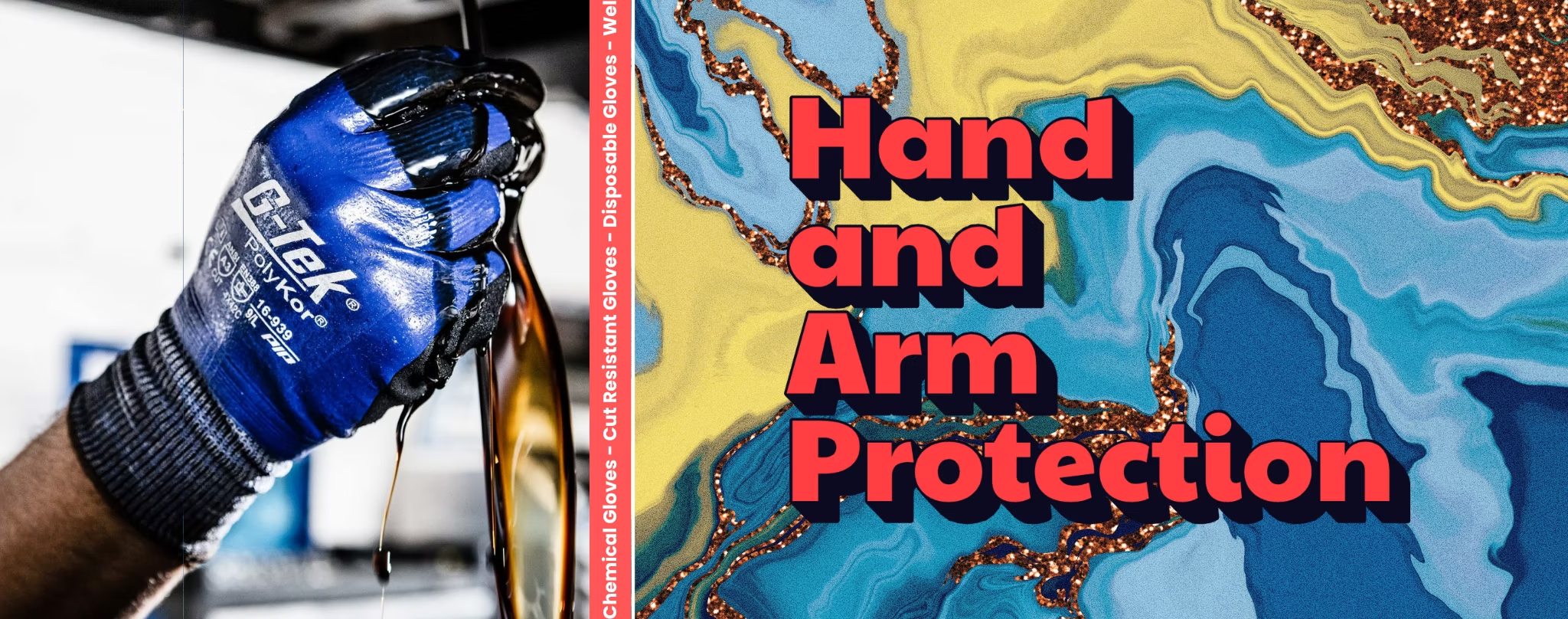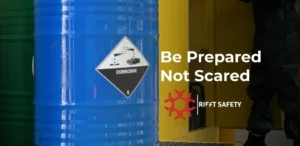Summer is the season of outdoor barbecues, pool parties, beach days, and sunshine. While the warmer months bring plenty of fun activities, they also increase the risk of burns—whether from a sizzling grill, hot pavement, or excessive sun exposure.
In todays newsletter, we’ll explore almost-everything you need to know about summer burns and how to treat them if they’ve already happened.
Hidden Hazards
1. Sunburns – More Than Just a Red Mark.
Living in New Zealand has its benefits. For example nothing else can beat the feeling of being stuck in peak hour traffic at the start of a long weekend or school holiday. But our country is also home to one of the thinnest layers of ozone found anywhere. This causes more of the sun’s ultraviolet (UV) rays to pass that can cause painful sunburns, leading to redness, peeling, and, in severe cases, blistering. Repeated sunburns over time can also increase the risk of skin cancer.
This is why it’s always a good idea to apply a broad-spectrum sunscreen (SPF 30 or higher) at least 20 minutes before going outside and reapply every two hours, especially if swimming or sweating. If this is too hard to remember, then make sure to wear light, long-sleeved clothing, sunglasses, and a wide-brimmed hat for extra protection.
If sunburn does occur, apply a cooling gel with aloe vera or hydrating properties to soothe the skin and reduce inflammation.
2. BBQ or Grill Burns – Delicious but also potentially Deadly.
Backyard BBQs are a summer staple, but handling hot grills, utensils, and coals can lead to serious burns. The metal surfaces of grills can retain extreme heat long after use, and accidental flare-ups from grease or lighter fluid can also cause unexpected injuries.
Always use long-handled grilling tools to maintain a safe distance from heat sources. Never leave a lit grill unattended, especially when children or pets are nearby, and keep a spray bottle of water or fire extinguisher on hand to control unexpected flare-ups. If you asked the staff at one of the big retail chains for tips, they’ll probably try and upsell you a heat-resistant glove too but in our professional opinion, it doesn’t hurt to keep one handy.
If you’ve found yourself on the nasty end of a grill, for minor burns, you can cool the affected area under running water for 10–20 minutes and apply a burn gel or dressing to reduce pain and promote healing.
3. Hot Pavement or Sand – When the Heat at the Beach disagrees with your Feet.
On especially hot summer days, asphalt, concrete, and beach sand can absorb and retain extreme heat, reaching temperatures high enough to cause second-degree burns on exposed skin. This is especially dangerous for young children, pets, and anyone walking barefoot (which lets be honest, you’re not a kiwi if you haven’t walked barefoot to the dairy at least once in your life).
Always wear sandals, water shoes, or flip-flops when walking on hot surfaces. If in doubt, test the pavement or sand with your hand or foot for a few seconds before stepping barefoot. Use beach towels, blankets, or mats when sitting on hot sand to protect your bums and if you really have to walk barefoot, try and aim for grassy areas whenever possible to avoid contact with heated surfaces.
Step-by-Step: How to Treat a Minor Burn in Summer
- Stop the Burning Process: Move away from the heat source immediately.
- Cool the Burn: Place the burned area under cool (not cold) running water for 10–20 minutes or until the pain subsides. This helps reduce heat in the skin and prevents further tissue damage.
- Apply a Burn Gel: Gently pat the area dry and apply a first aid burn gel. Look for products with soothing, non-adherent, and cooling properties.
- Cover with a Burn Dressing: Use a sterile, non-stick burn dressing to protect the area. Make sure it’s large enough to cover the entire burn.
- Secure the Dressing: Use medical tape or a gauze wrap to hold the dressing in place without applying excessive pressure.
- Monitor for Infection: Keep an eye out for redness, swelling, or increased pain, which may indicate infection. Seek medical help if symptoms worsen.
Frequently Asked Questions (FAQ)
1. Can I use ice on a summer burn?
No. Applying ice can further damage burned skin. Instead, use cool running water for 10–20 minutes to help dissipate the heat from the burn. Just keep the ice where it’ll be most useful – inside a nice, refreshing, beveragino of your choice. (cheeky or juicy, we listen and we don’t judge)
2. Can I use any type of dressing if I don’t have a burn dressing?
In an emergency, a clean, non-fluffy cloth can be used temporarily. However, for the best results, it’s recommended to use a sterile, non-adherent burn dressing specifically designed to protect and soothe burns.
3. How often should I change a burn dressing?
Change the dressing at least once a day or as instructed by the product guidelines or your healthcare provider. If the dressing becomes dirty or wet, replace it immediately to reduce the risk of infection.
4. When should I seek medical attention for a burn?
Seek medical attention if you notice signs of infection (redness, swelling, pus, increased pain), if the burn is larger than 2–3 inches, or if it’s located on a sensitive area (face, hands, feet, joints). Also, always consult a healthcare professional if you’re unsure about the severity of a burn.
5. Do you do bulk discounts on large orders?
Absolutely! email or talk to us today to discuss your options. Even if you’re just looking for a yarn we’ll be here.

